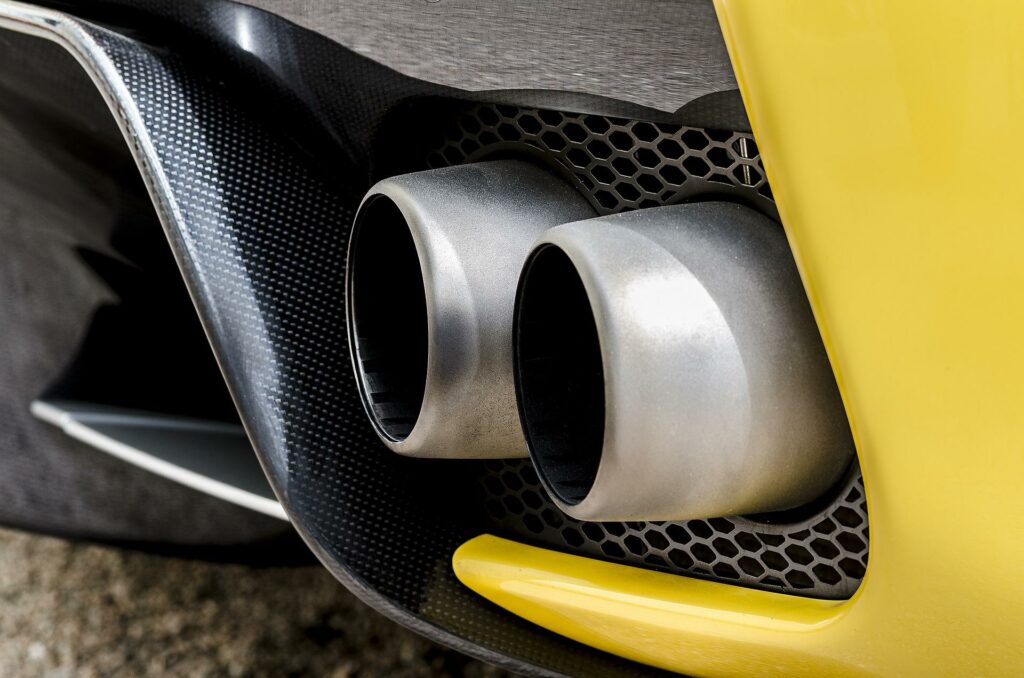
Vehicle exhausts, if not regulated correctly, are potentially hazardous, which is why there are strict laws surrounding their emission levels. Without these laws in place, emission levels could reach heights that could prove threatening not only to the car’s user but the other road users. Here, we break down the regulations surrounding exhausts in a helpful guide.
European standards for emissions
These rules, which first came into effect in 1970, have since been modified considerably, meaning that today the cars on our roads are cleaner than ever before, and only getting cleaner. Following the 1970 standards, the next big movement in these regulations came about in 1992 as the Euro 1 standard was introduced; a standard promoting the compulsory fitting of catalytic converters on to petrol cars, a move designed to reduce carbon monoxide (CO) emissions.
What comes from our exhausts?
Though it should, in theory, be possible to burn a hydrocarbon fuel with air in the engine to produce carbon dioxide and water, and nitrogen, the fuels we burn are not that simple. They involve many differently structured hydrocarbons which burn in different manners and at different rates, meaning that various other substances are produced in the process including the following:
- Nitrogen (N2)
- Oxygen (02)
- Water (H20)
- Carbon Dioxide (CO2)
- Carbon Monoxide (CO)
- Oxides of Nitrogen (NOx)
- Sulphur Dioxide (S02)
- Hydrocarbons (HC)
- Benzene (C6H6)
- Lead (PB)
- Particulates (PM)
Modified exhausts
Many car owners will modify their exhausts to improve the performance of their vehicle, including its power and subsequent speed. Whilst this may be appealing to them, the consequences it may have on the environment are at unacceptable levels, which is why regulations are set in place for these instances.
Anyone fitting a large bore exhaust onto their vehicle will not be compliant with this country’s emission laws, as these modifications are in fact illegal for use on public roads. This fact is not common knowledge, as vehicles can comfortably pass MOT tests with these additions as the tests only check for exhaust gasses and emission legislation compliance.
How to check if your vehicle’s exhaust is legal
It is crucial that your vehicle’s exhaust and emissions are compliant with the laws laid out within the country; information which is easily obtainable by taking your car to a car servicing garage where experts will be able to test your emission levels and ensure your car’s emissions are at an acceptable level and of the correct, safe type.
Here at Oaks Services, we are proud to provide a leading MOT service as well as servicing work to vehicles throughout Surrey. For more information on any of the products or services on offer with us, get in touch with our friendly team of experts today, and let us get the job done for you in an efficient yet thorough manner and at a great price.

